UAE The 5.72-square-kilometer Palm Jumeirah archipelago off the coast of Dubai is built from rock and sand dredged from the bottom of the Persian Gulf.
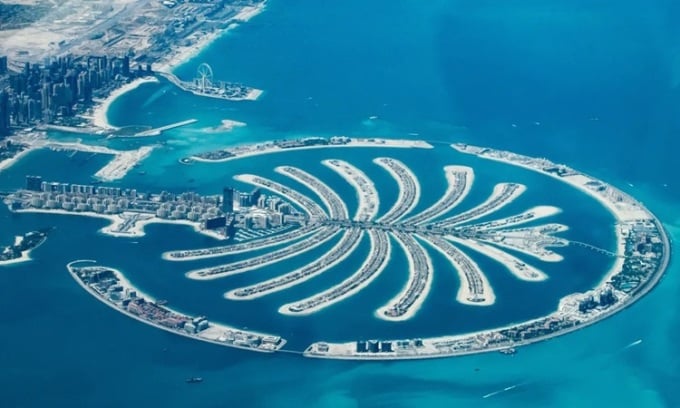
The Palm Jumeirah archipelago off the coast of Dubai. Photo: Andrew Ring
Dubai is home to many engineering wonders, but perhaps one of its most famous is the Palm Jumeirah. Construction of the palm-shaped artificial archipelago began in 2001 and has been one of the city's most recognizable landmarks ever since, according to IFL Science .
Engineers are building the world's largest artificial islands, 56km off the coast of Dubai, using dredged sand and rock. Instead of using building materials like concrete and steel like the rest of the city, the project is taking advantage of natural resources. More than 7 million tonnes of rock was dug from the Hajar Mountains, while Dutch company Van Oord decided to dredge about 120 million cubic metres of sand from the bottom of the Persian Gulf. The reason they didn't use the desert sand that's available around Dubai is because it liquefies in water, according to Ali Mansour, who worked on the project. Considering the plan to house thousands of residents and several hotels on the islands, non-liquefying sand became the better option.
But sand can still liquefy in other situations, such as earthquakes. To combat this, engineers compact the sand using a technique called vibro compaction, which is designed to stabilize the material and prevent it from flowing like water. This involves taking a giant vibrating machine and placing it in the ground, where the vibrations squeeze the sand grains into the tightest possible way.
The islands also employ another important protective measure. Built from massive amounts of rock, the islands are surrounded by a 11-kilometer-long breakwater. The design of the breakwater protects the inner islands from being destroyed by waves or sand erosion. However, it also leads to stagnant water. While the palm islands look impressive, researchers have found that the construction process has led to coastal erosion elsewhere, coral degradation, and higher temperatures.
More than 20 years after its construction, the islands have seen luxury hotels, aquariums, shopping malls and beaches. Authorities also plan to open one of the world’s highest infinity pools there later this year.
Despite being the world's largest man-made archipelago, Palm Jumeirah does not contain the largest artificial island. That title belongs to Flevopolder Island in the Netherlands. Built in 1968, the 972-square-kilometer island serves as a flood control and adds more agricultural land. In fact, the title of largest artificial island would have belonged to the Palm Jebel Ali project. Construction began in 2002, but financial difficulties delayed the project.
An Khang (According to IFL Science )
Source link



![[Photo] Prime Minister Pham Minh Chinh chairs the Government's special meeting on law-making in April](https://vstatic.vietnam.vn/vietnam/resource/IMAGE/2025/4/13/8b2071d47adc4c22ac3a9534d12ddc17)
![[Photo] National Assembly Chairman Tran Thanh Man attends the ceremony to celebrate the 1015th anniversary of King Ly Thai To's coronation](https://vstatic.vietnam.vn/vietnam/resource/IMAGE/2025/4/13/6d642c7b8ab34ccc8c769a9ebc02346b)


![[Photo] National Assembly Chairman Tran Thanh Man attends the Policy Forum on Science, Technology, Innovation and Digital Transformation](https://vstatic.vietnam.vn/vietnam/resource/IMAGE/2025/4/13/c0aec4d2b3ee45adb4c2a769796be1fd)












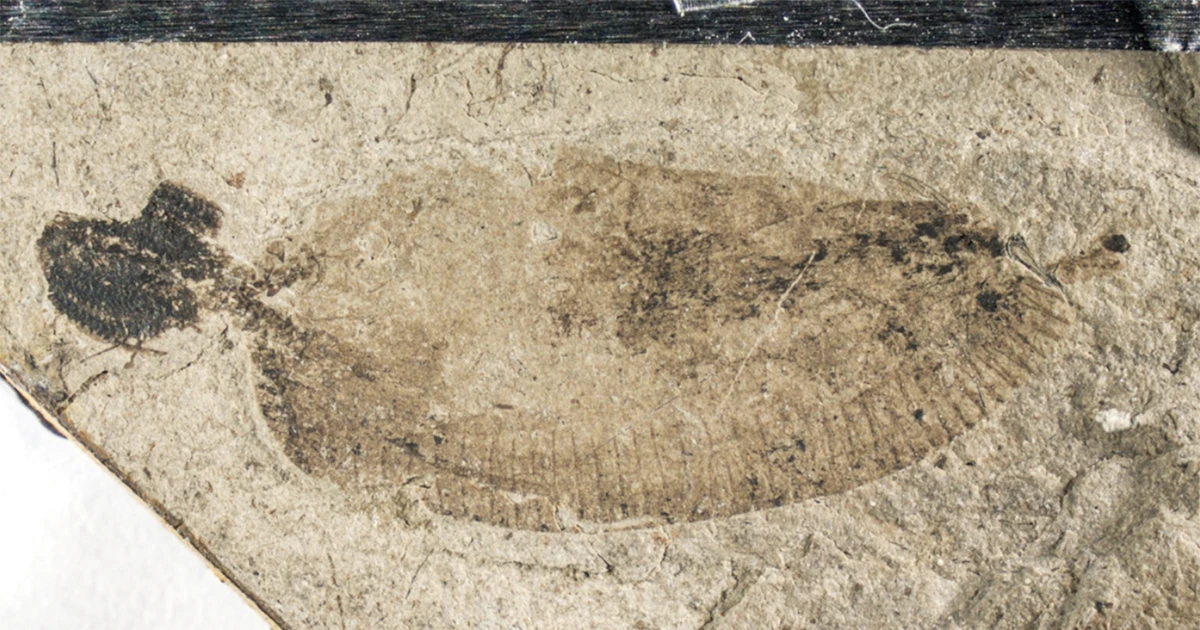


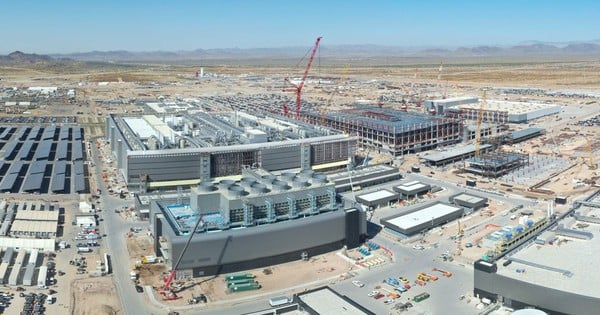








































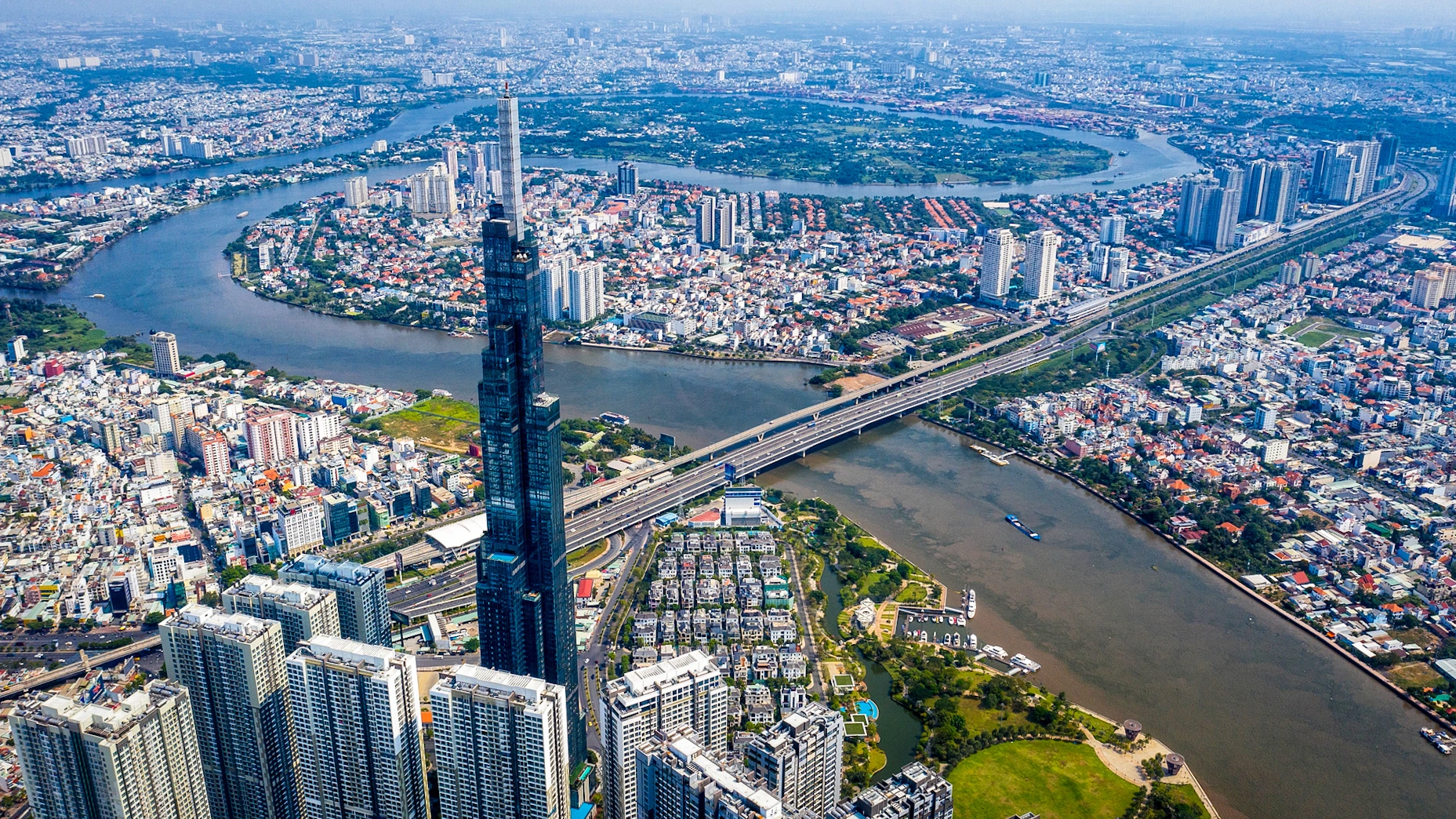






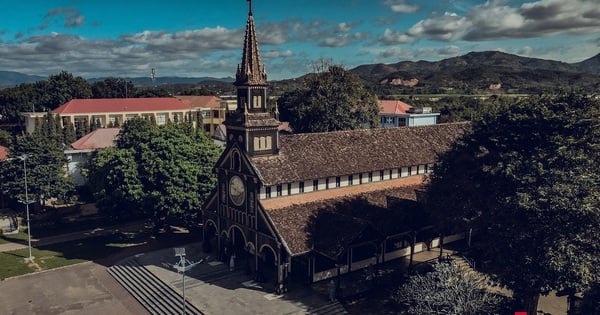










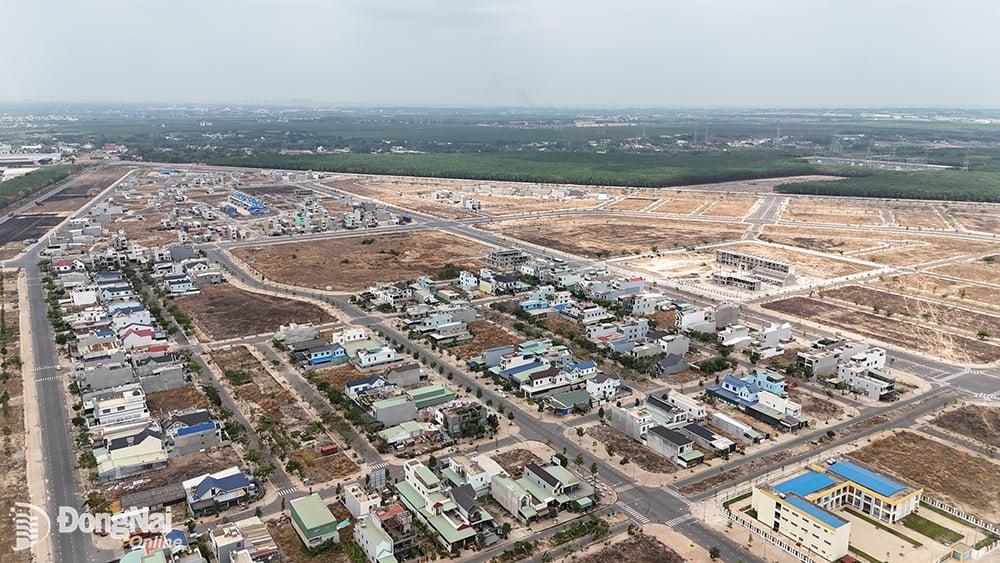













Comment (0)